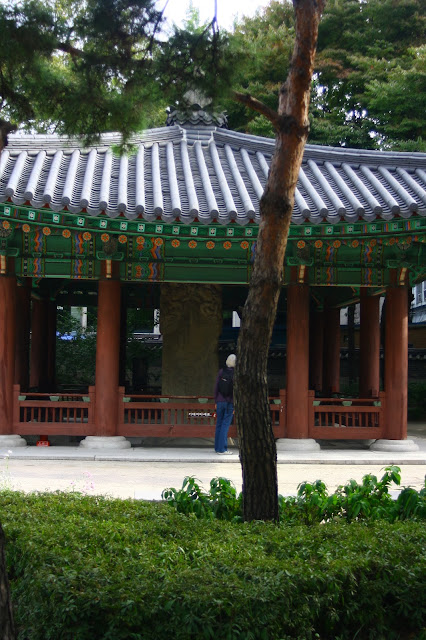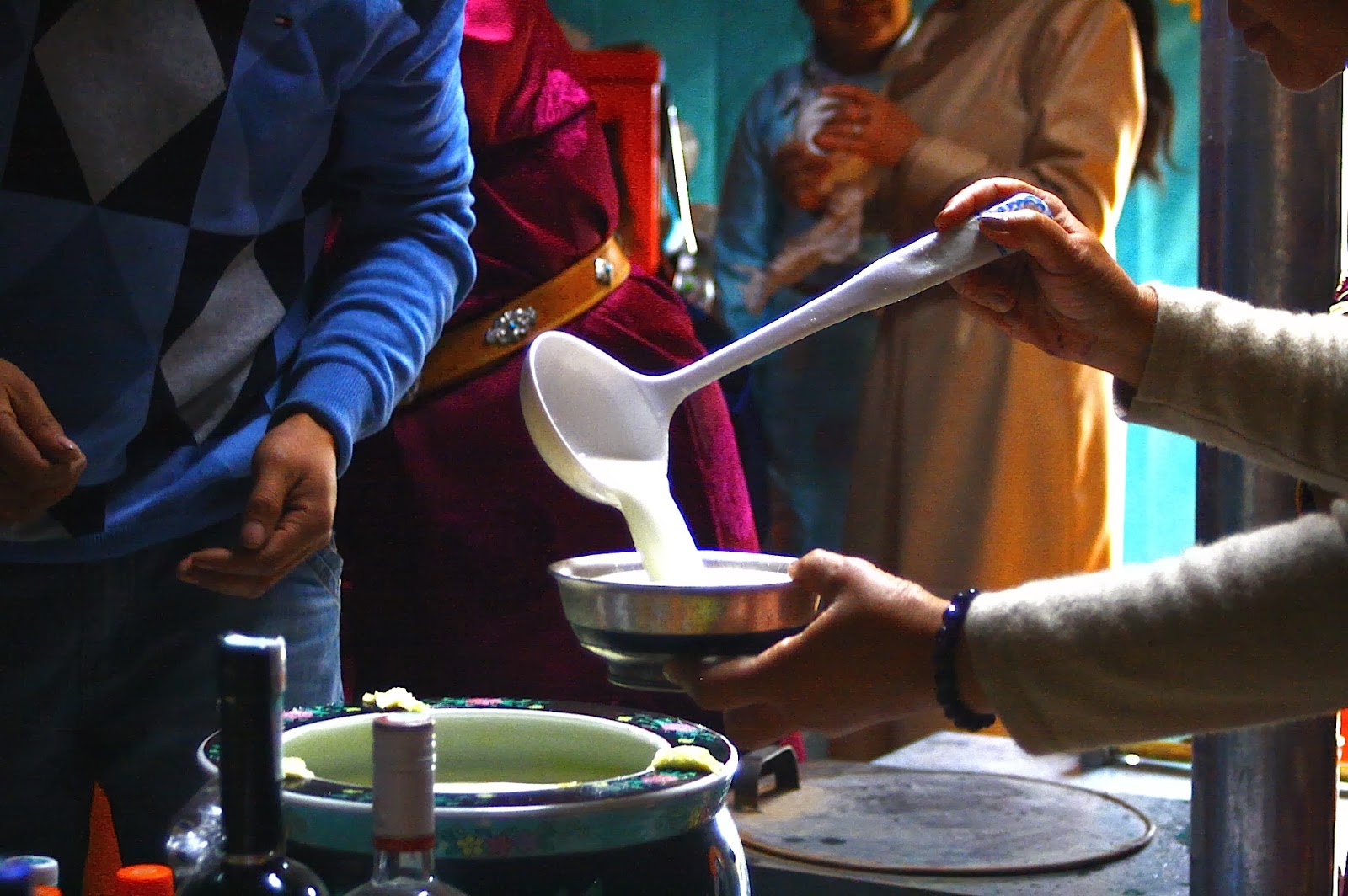During the school fall break in October Judith and Scott travelled to Seoul, South Korea and spent 5 days exploring this Asian city of contrasts. The weather was perfect - in the high teens and low 20s - and we spent as much time outdoors as possible. We discovered this small city park not far from our hotel.
Many small cafés and restaurants are either below street level or located on floors above.
Each panel along the walkway through this park depicts an historic event.
This detailed and precise painted underside of the roof on a pagoda in a neighbourhood park is indicative of how well maintained the government keeps the parks, monuments and buildings.
A walking path has been developed along this creek on both sides, with multiple entry and exit stairways to the street and the city above. The walkway meanders for several kilometres, with occasional stepping stones across the creek. It is frequented by walkers, runners and cyclists.
A roving bookmobile, set up on a busy city sidewalk.
There were many delivery scooters in Seoul, but not many were as beautifully adorned.
The multiple street vendors were a fascination!
A re-enactment of a traditional Korean wedding ceremony in an historic replicated village.
The garden view from one of the traditional homes in the village.
The National Museum is built on the site of a park allowing visitors the opportunity to tour the museum and to enjoy the park as well. This is a view of the front of the museum from across across the pond on one of the park pathways.
A beautiful example of original celadine pottery.
We found the parks in Seoul to be numerous and well-designed, thus allowing many visitors without seeming too crowded. Many included small vegetable gardens as well as fitness circuits, along with unexpected and unusual objects of art.
It was a city trip but we were happy with the opportunity to balance the busyness of this welcoming Asian city with many walks in multiple parks.








































